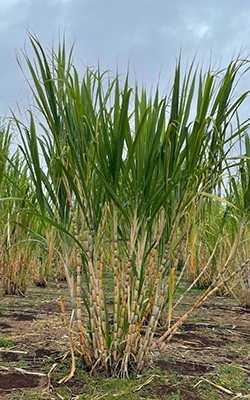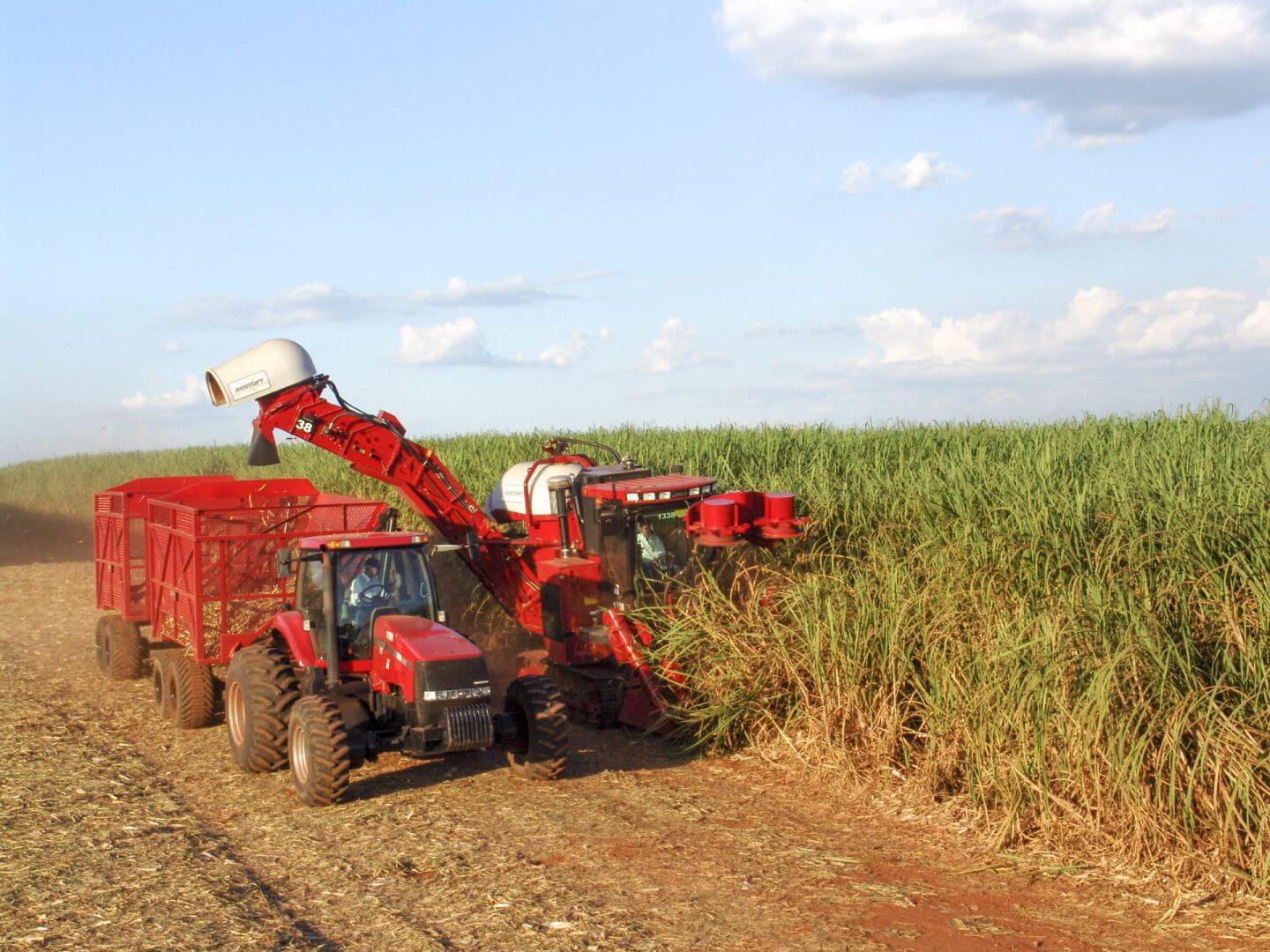Exploring the Full Line of Process Chemicals: What Are Sugar Canes Utilized For in Manufacturing?
Sugar canes play a crucial duty in various manufacturing procedures, serving as a versatile resources. Their high sucrose web content makes them vital in the food market, while developments in biofuels and naturally degradable plastics highlight their possible beyond traditional usages. In addition, sugar walking stick removes are obtaining recognition in drugs and nutraceuticals for their wellness advantages. The diverse applications of sugar walking canes elevate intriguing questions about their future in industrial markets. What opportunities lie ahead?

The Journey of Sugar Walking Stick: From Area to Manufacturing facility
As the sun increases over substantial areas, the journey of sugar walking cane starts, marked by thorough farming and harvesting procedures. Farmers pick ideal varieties, ensuring durable development in appropriate climates. Regular watering and nutrient administration are vital, promoting healthy stalks abundant in sucrose. When fully grown, the walking cane is gathered, typically using mechanical cutters that successfully gather the stalks.Once accumulated, the sugar walking stick is transferred to refining centers where it goes through grating and washing to remove juice. This juice is after that clarified, eliminating contaminations with sedimentation and filtration. The clear fluid is focused by evaporation, and consequently crystallized to produce raw sugar.Throughout this trip, quality control is extremely important, making sure that the end product fulfills market standards. The change of sugar walking cane into raw sugar illustrates a complex interplay of farming and manufacturing, establishing the stage for its varied applications in various markets.
Biofuels: Harnessing Power From Sugar Walking Cane
A significant section of the world's biofuel manufacturing is stemmed from sugar walking stick, which works as a renewable power source. This flexible crop is mainly refined to draw out sucrose, which can be fermented to generate ethanol. Ethanol originated from sugar walking cane is not only a clean-burning gas choice but also adds to decreasing greenhouse gas exhausts contrasted to traditional fossil fuels. In nations like Brazil, sugar walking stick biofuel has come to be a significant component of the energy matrix, lowering and powering vehicles reliance on imported oil. The cultivation of sugar walking cane for biofuels also sustains rural economies, supplying jobs in farming and processing. Additionally, the byproducts of sugar walking stick processing, such as bagasse, are made use of in energy generation, further boosting the sustainability of the production cycle. Generally, sugar walking cane biofuels stand for an appealing avenue for attaining power freedom while promoting environmental stewardship.
Naturally degradable Plastics: The Lasting Option
Suppose the solution to the global plastic crisis lies in eco-friendly choices? Naturally degradable plastics, stemmed from renewable resources such as sugar walking sticks, provide a cutting-edge technique to minimizing plastic waste. Unlike typical plastics, which can take centuries to decay, these eco-friendly products break down naturally, decreasing environmental impact.The manufacturing of biodegradable plastics involves making use of sugars from sugar canes to develop polylactic acid (PLA) and other biopolymers. These materials preserve comparable performance to standard plastics, making them appropriate for various applications, including product packaging, tools, and farming films.As consumers and sectors change toward sustainability, biodegradable plastics supply an engaging alternative. They not just lower dependence on nonrenewable fuel sources yet likewise sustain a round economic situation by going back to the planet without leaving damaging deposits. The raising demand for such products signals a considerable step toward addressing the pressing requirement for even more lasting production services despite environmental obstacles.
Sugar Walking Cane Removes in Drugs and Nutraceuticals

The Future of Sugar Cane in Industrial Applications
As markets remain to look for sustainable and eco-friendly resources, sugar walking cane is poised to play a critical role in numerous commercial applications past its conventional use in sugar production. Its biomass uses an eco-friendly source for biofuels, reducing dependence on fossil gas and adding to lower carbon exhausts. Furthermore, sugar cane's spin-offs, such as bagasse and molasses, are being explored for their capacity in bioplastics and eco-friendly products, addressing the expanding need for eco-friendly product packaging solutions.Research is likewise underway to enhance the effectiveness of sugar walking cane derivatives in numerous markets, consisting of textiles, cosmetics, and building. By taking advantage of the one-of-a-kind homes of sugar walking stick, manufacturers can produce cutting-edge items that Learn More Here line up with consumer preferences for sustainability. As innovation developments, the flexibility of sugar walking cane will likely increase, strengthening its setting as an essential gamer in the shift toward an extra lasting industrial landscape.

Regularly Asked Concerns
What Is the Process of Refining Sugar Cane Into Sugar?
The procedure of refining sugar walking visit this web-site cane right into sugar involves harvesting, crushing to draw out juice, making clear the juice, vaporizing water, crystallizing sugar, and lastly drying out and packaging the fine-tuned item for distribution and usage. (What Are Sugar Canes Used For)
How Does Sugar Walking Cane Influence Local Economies?
Sugar walking cane considerably affects local economic climates by developing work, improving farming production, and creating earnings with exports. Its growing supports regional businesses and tiny farmers, fostering area advancement and improving total economic security in sugar-producing areas.
Are There Any Kind Of Environmental Interest In Sugar Cane Farming?
Environmental problems related to sugar walking stick farming consist of deforestation, dirt destruction, water use, and pesticide overflow (What Are Sugar Canes Used For). These problems impact neighborhood communities and contribute to environment change, prompting ask for more lasting agricultural techniques within the sector
What Are the Nutritional Conveniences of Sugar Cane?
The dietary advantages of sugar walking cane include its abundant content of minerals, anti-oxidants, and vitamins. It supplies natural power, supports hydration, and might aid food digestion, contributing favorably to overall health and wellness when consumed in moderation.
How Does Sugar Walking Cane Contrast to Various Other Crops in Sustainability?
Sugar cane shows higher sustainability compared to several crops because of its effective use land and water sources, capability to produce biofuels, and capacity for carbon sequestration, adding favorably to ecological health and wellness and agricultural techniques. When fully grown, the walking cane is harvested, commonly making use of mechanical cutters that effectively you could try this out collect the stalks.Once accumulated, the sugar walking cane is moved to refining facilities where it undertakes cleaning and crushing to draw out juice. Unlike conventional plastics, which can take centuries to disintegrate, these green products damage down naturally, lessening ecological impact.The manufacturing of eco-friendly plastics entails using sugars from sugar walking sticks to develop polylactic acid (PLA) and other biopolymers. Typically identified for their role in sugar manufacturing, sugar walking cane removes are significantly finding applications in the nutraceutical and pharmaceutical sectors. As markets continue to seek sustainable and renewable sources, sugar cane is poised to play a critical role in numerous industrial applications past its traditional usage in sugar manufacturing. Additionally, sugar walking cane's byproducts, such as bagasse and molasses, are being explored for their possibility in bioplastics and eco-friendly products, dealing with the expanding demand for eco friendly packaging solutions.Research is likewise underway to improve the performance of sugar walking stick derivatives in various industries, including fabrics, cosmetics, and building and construction.
Comments on “What Are Sugar Canes Used For in Making Bioplastics and Compostables”